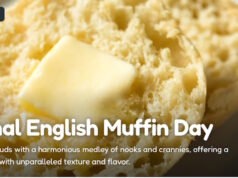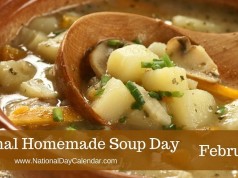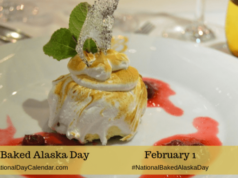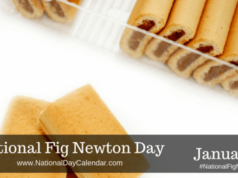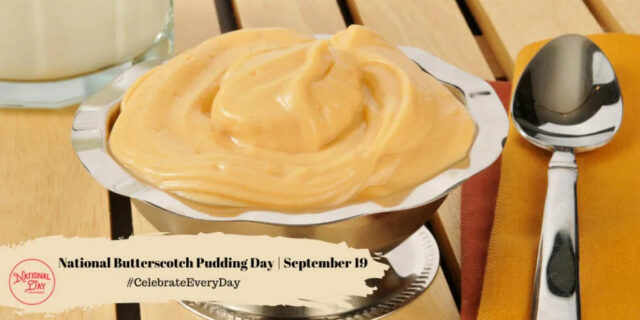
Updated March 14, 2024
National Butterscotch Pudding Day is observed annually on September 19. The primary ingredients in the making of butterscotch are brown sugar and butter. However, corn syrup, vanilla, and salt are also sometimes used. In an 1848 newspaper, according to “Housewife’s Corner” and Masluk Cream Co., the real recipe for “making Doncaster butterscotch is one pound of butter, one pound of sugar and a quarter of a pound of treacle, boiled together.”
Butterscotch is often used as a flavor for items such as sauces, candies, and frostings.
- 17th Century – The saying “The proof of the pudding is in the eating” dates back to at least the 17th century in Europe.
- Mid 1800s – Modern puddings come from an egg-free custard powder developed by Alfred Bird in the mid-1800s.
- 1817 – The word “butterscotch” was first recorded in the Yorkshire town of Doncaster, where Samuel Parkinson began making it in 1817.
- 1848 – The recipe for Doncaster Butterscotch was printed in an issue of the Liverpool Mercury in 1848.
- 1850 – More recipes for butterscotch enter circulation.
- 1851 – Butterscotch became famous in 1851 when Queen Victoria was presented with a tin when she visited Yorkshire.
- 1855 – In F. K. Robinson’s Glossary of Yorkshire Words, explained Butterscotch as “a treacle ball with an amalgamation of butter in it”.
- 1948 – Parkinson’s Butterscotch was by appointment to the Royal household and was presented to the Queen in 1948 and Princess Anne, The Princess Royal in 2007. Doncaster Butterscotch is still sold today by Parkinson’s.
- 1951 – Butterscotch candies are presented to England’s Queen Victoria and gain popularity as a result.
- The term butterscotch is also often used more specifically of the flavor of brown sugar and butter together, even where actual confection butterscotch is not involved.
- The derivation of the name is disputed as to whether it denotes the candy’s origin in Scotland or an original ingredient of “scotched,” or scorched, butter.
- It was advertised as “Royal Doncaster Butterscotch”, or “The Queen’s Sweetmeat”, and said to be “the best emollient for the chest in the winter season”.
- Pudding comes from the French word “Boudin,” a word that means small sausage.
- Doncaster Butterscotch features a pound of sugar, a pound of butter,m and a quarter of a pound of treacle.
- Butterscotch is often used as a flavor for items such as dessert sauce, icings, fudges, pudding, and cookies.
- The World’s Largest Butterscotch candy was made by Nidar in Trondheim, Norway, and weighed 3,527 pounds. The giant candy measured 5.02 feet by 5.02 feet by 17.7 inches and was a scaled-up version of the original product that is commercially available in Norway.
Sources





